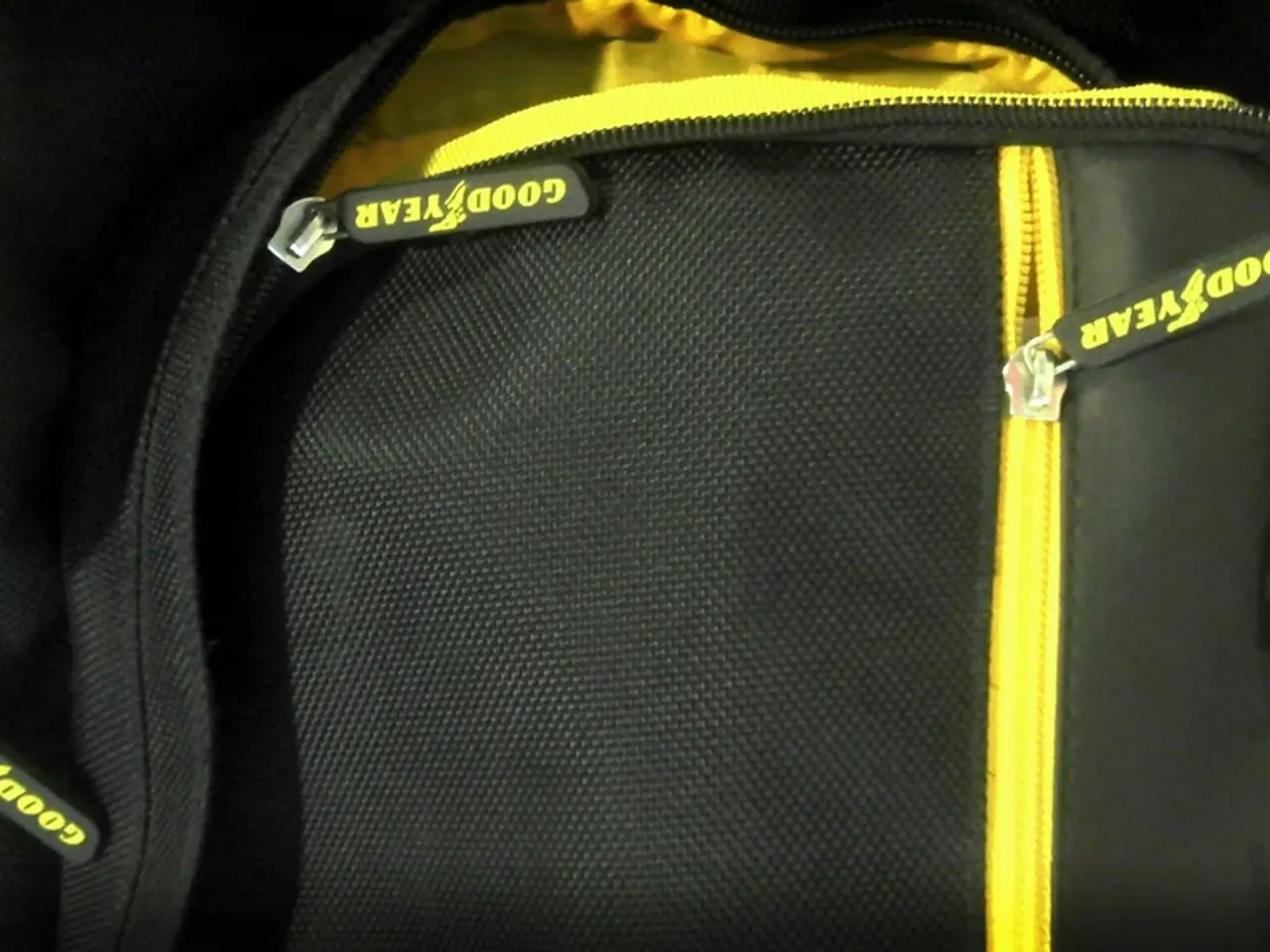Exploring the Significance of Cross-Class Relationships in Income Dynamics
In a groundbreaking visualization, The New York Times sheds light on the relationship between cross-class friendships and adult income rank for poor children. The graph, colour-coded to represent the prevalence of cross-class friendships in different zip codes across the United States, offers a unique perspective on this intriguing topic.
Each zip code in the US is represented as a dot on the graph, with the placement of each dot corresponding to the average adult income rank. The visualization does not specify a particular time frame for the data presented, but it does provide insightful information about income mobility among poor children.
The visualization produced by The New York Times does not offer explanations for the observed relationships between cross-class friendships and adult income rank. However, broader research and previous visualizations from The New York Times suggest that poor children who form friendships with peers from higher-income families (cross-class friendships) tend to have better economic mobility and higher income ranks as adults. This is attributed to increased access to social networks, opportunities, and resources associated with higher-income peers.
The visualization uses colour-coding to represent the prevalence of cross-class friendships in different zip codes. Zip codes with a lower prevalence of cross-class friendships are represented as red dots, while those with a higher prevalence are represented as green dots. Interestingly, the visualization indicates that poor children with more cross-class friendships are more likely to earn a high income as adults.
While the visualization does not provide information on the number of poor children in each zip code, it serves as a valuable tool for examining the impact of cross-class friendships on the income rank of poor children as adults. For those interested in delving deeper into this topic, The New York Times has created a series of visualizations examining the effect of poor children's cross-class friendships on their income rank as adults.
In summary, the visualization by The New York Times highlights the potential positive impact of cross-class friendships on the adult income ranks of poor children. By connecting them to broader social capital and resources, cross-class friendships may offer a pathway to improved economic mobility for disadvantaged youth.
Engaging in cross-class friendships can significantly contribute to educational opportunities and self-development, as such relationships often provide access to diverse social networks, opportunities, and resources. This was suggested by the visualization produced by The New York Times, which showed that poor children with more cross-class friendships are more likely to earn a high income as adults.
The data from The New York Times can be a valuable resource for exploring the relationship between education and self-development, focusing on the transformative effects of cross-class friendships on the economic mobility of poor children. This understanding can lead to informed strategies for promoting educational equality and self-improvement among disadvantaged youth.




